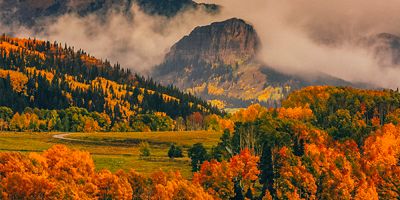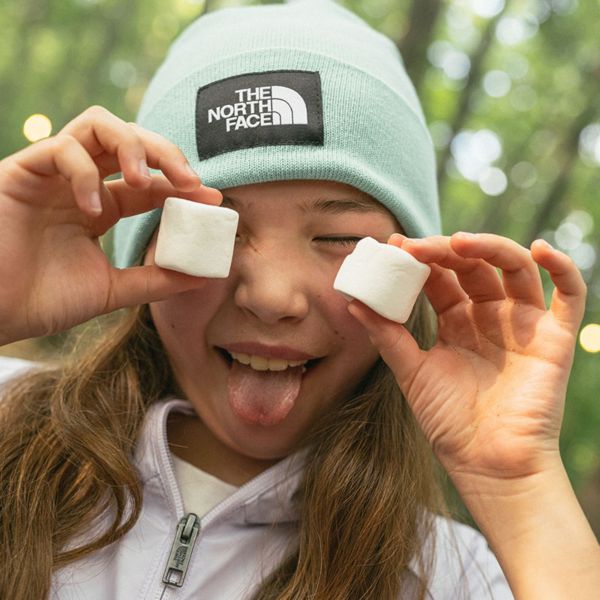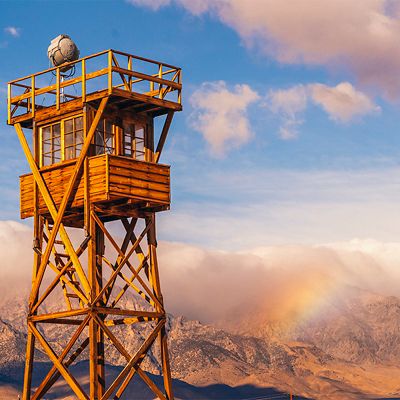From the pocket park down the street to the vast reserves in Alaska, America’s public lands are for everyone. But while we’re all public-land owners, we don’t all experience these places the same way. Different stakeholders manage public lands for different uses. Part II of this cheat-sheet guide to public lands explores who, exactly, uses and takes care of these lands (see the Part I guide to the various types of land). And more importantly, what do those various roles mean for your outdoor recreation opportunities? Here are the main types of users that you’re most likely to encounter, highlighting how they influence our public lands—and the shared access to it.
Indigenous Tribes
North America’s Indigenous peoples have managed these lands for millennia, and still do. But a history of forced removal and the federal government’s appropriation of Indigenous territory has changed how tribes relate to public lands. In some places, Native American tribes do manage their own public lands—such as the National Bison Range in Montana, run by the Confederated Salish and Kootenai Tribes in trust for the U.S. Fish and Wildlife Service. Several other tribes co-manage public lands in cooperation with federal agencies, such as the Navajo Nation at Canyon de Chelly National Monument.
NEED-TO-KNOW
Access: These lands offer a critical opportunity to understand and acknowledge Indigenous tribes’ longstanding connections to what are now U.S. public lands. When you visit, find out who historically lived there. Some federal managers include information about Indigenous history on their websites; otherwise, start with the guide at Native Land Digital.
Impact: Many public lands also include areas of special spiritual significance to Indigenous tribes, such as Bears Ears National Monument in Utah. When exploring these places, make sure to visit respectfully.
Industry & Agriculture
Many public lands are explicitly set aside for multiple uses, including commerce. Extractive industries like mining, logging, and drilling have long had a presence on Forest Service and Bureau of Land Management (BLM) lands, as have grazing livestock, and more recently, renewable energy projects like solar and wind that have contracted with the BLM. Many ski resorts also operate on leased national forest land. Even in national parks, where extractive industries aren’t allowed, you’ll find private outfitters and guides offering services like fly-fishing trips or horseback rides.
NEED-TO-KNOW
Access: Signs of past extractive industries, like abandoned mines or logged forests, can be found all over public lands. And in many places, ongoing work can restrict your access to certain areas that are being actively drilled or logged. In others, you can expect to run into cattle grazing alongside (sometimes on!) the trail.
Impact: Not just anyone can operate a guiding service on public lands. In places like national parks and forests, concessionaries are carefully vetted before getting permission to use the area.
Rangers
The people charged with protecting our public lands and helping you enjoy them are called rangers. The most famous rangers work for the National Park Service—they’re the ones wearing the iconic wide-brimmed hats—but they can also be found in places like national forests and state parks.
NEED-TO-KNOW
Access: Interpretive rangers focus on education, leading guided hikes, giving campfire presentations, and teaching school groups. Other rangers manage campgrounds, entrance fee stations, backcountry offices, and visitor centers. Backcountry rangers hike deep into the parks to patrol hikers and campers. Law enforcement rangers make up the police force of the parks.
Impact: Need to know about current trail conditions, water availability, the best hikes, or the top spot to spy a moose? Rangers are a wealth of information.










